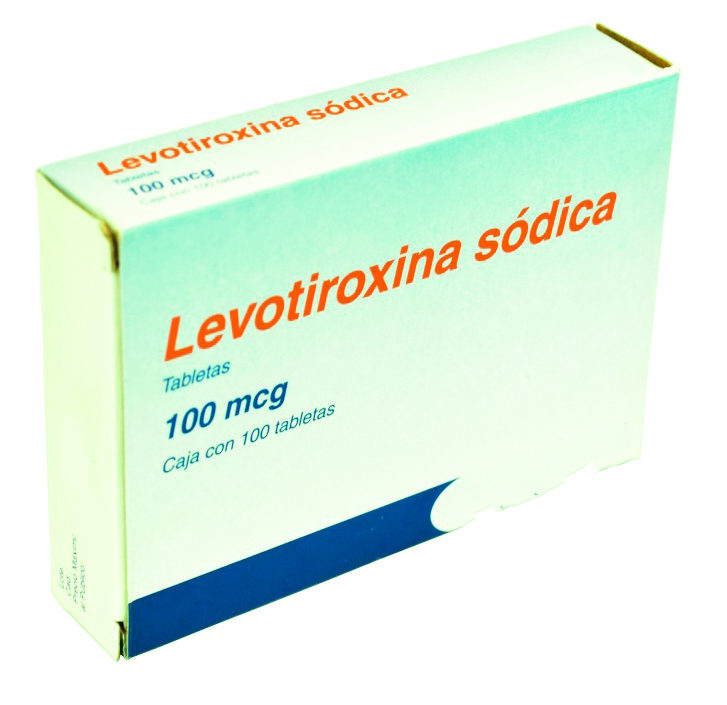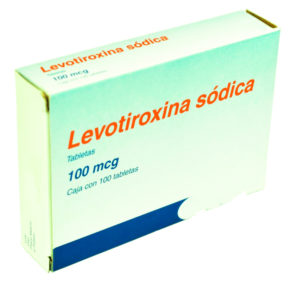
Levothyroxine, the synthetic form of thyroxine, is commonly used as the primary form of thyroid hormone replacement in the treatment of hypothyroidism, a condition that affects up to 7% of the general population. In 2017, levothyroxine was the most commonly prescribed medication in the United States, outperforming those used for diabetes, blood pressure, and heart disease.
The use of levothyroxine is controlled with blood tests of the thyroid, the results of which depend in part on the stability of the circulating levels of the thyroid hormone after oral ingestion. Fluctuating thyroid test results require more frequent dose adjustments of levothyroxine. In turn, constantly adjusting a patient’s levothyroxine dose requires increased follow-up supervision, which is associated with increased use of healthcare resources, increased costs, and loss of economic productivity due to loss of time and wages. Therefore, there has been substantial interest in ensuring that patients receive the proper instructions to take their levothyroxine, to allow the medication to be absorbed as consistently as possible.
Current guidelines
Levothyroxine is absorbed from the small intestine and has 70% -80% bioavailability in the euthyroid individual. Maximum absorption is achieved approximately 2 hours after oral ingestion, but can be delayed to 3-4 hours if ingested simultaneously with interfering medications, supplements, or some foods / beverages.
As such, the current guidelines of the American Thyroid Association recommend that patients take levothyroxine at least 60 minutes before the first meal of the day or before bedtime (at least 3 hours after dinner), and at least 4 hours apart from other medications or supplements, if possible.
Substances that block absorption
Studies of levothyroxine solid tablets have reported that it is less absorbed when taken simultaneously with substances including coffee, soy, calcium carbonate, iron, aluminum hydroxide, sucralfate, cholestyramine, cholesevelam, raloxifene, orlistat, phosphate binders, or cow’s milk, compared to when levothyroxine is taken alone.

Interference is believed to occur as a result of adsorption between the interfering substance and levothyroxine in the gastrointestinal tract. These studies show that taking levothyroxine together with an interfering substance can decrease the amount of thyroid hormone that is absorbed by up to 50%, although the degree of this interference has been variable.
One reason for this variability is that many of these studies were conducted in relatively randomized, uncontrolled, uncontrolled trials of relatively small cohorts. Some of these effects have been documented only in individual case reports.
Conditions that affect absorption
Certain conditions have the potential to further reduce the absorption of oral levothyroxine. If an  individual has known Helicobacter pylori-related gastritis, atrophic gastritis, or celiac disease, a higher dose of levothyroxine may be required to overcome these malabsorptive states.
individual has known Helicobacter pylori-related gastritis, atrophic gastritis, or celiac disease, a higher dose of levothyroxine may be required to overcome these malabsorptive states.
And you still keep taking your medicine badly ???
If you have questions or need to know more if you suffer from this disease, visit our blog and stay informed.
Make an appointment with your Reproduction Biologist or Endocrinologist for a personalized visit.
